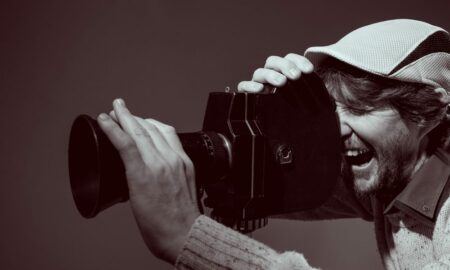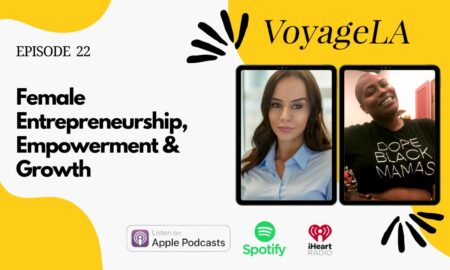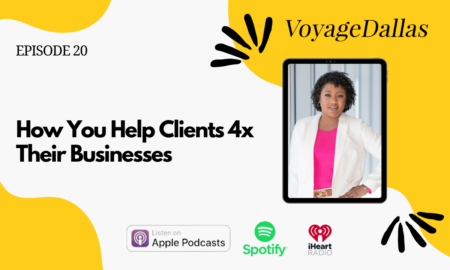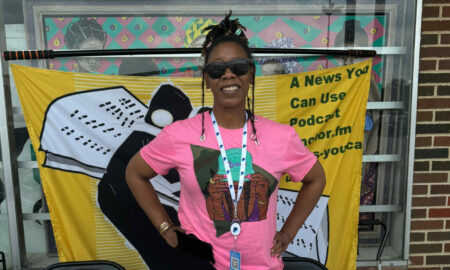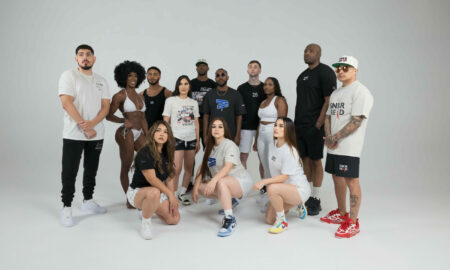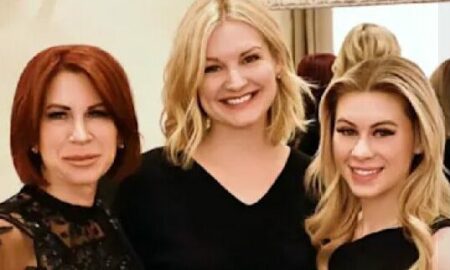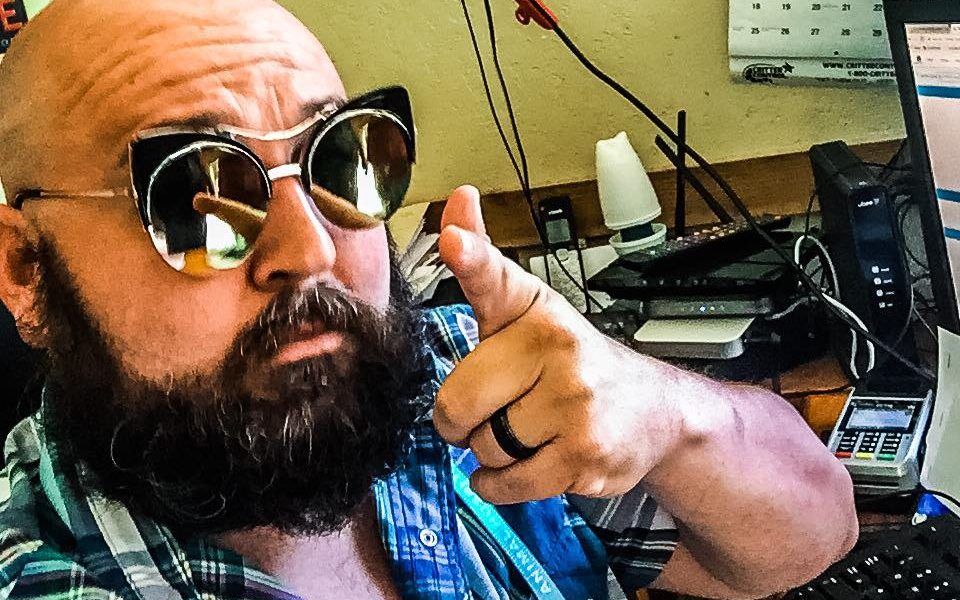

Today we’d like to introduce you to Benjamin Morris.
Thanks for sharing your story with us Benjamin. So, let’s start at the beginning and we can move on from there.
Dr. Michael Morris, our executive director, was the city veterinarian for Fort Worth until 2015. He started going to Fort Worth Animal Control on a consulting basis back in 1975. During that time period, when there were dogs/cats at animal control that needed medical treatment to find homes, or dogs/cats that were “different.”
In 2004, Dr. Morris incorporated Animal Hope as the “in-house” animal rescue at his animal hospital, Animal Hospital Southwest, and in 2015 we began operating as a standalone shelter in his old veterinary hospital building.
As for my personal involvement, I was a stockbroker and legal assistant for many years. In 2014, a woman I cared about a great deal shot and killed herself. The day after her memorial service I quit my job, though I didn’t know at the time that we would end up opening the shelter.
We’re always bombarded by how great it is to pursue your passion, etc – but we’ve spoken with enough people to know that it’s not always easy. Overall, would you say things have been easy for you?
Starting any new business involves a lot of challenges, and a new nonprofit has its own unique set of struggles. Though Animal Hope was incorporated in 2004, there was no formal fundraising prior to 2015 and we had no existing pool of donors or volunteers from which to draw assistance.
Most of the challenges we face day-to-day are because this can be a somewhat emotionally exhausting endeavor. We’re a no-kill facility, so way more people want us to take dogs and cats than we have space to take. Sometimes, when we can’t take a dog or cat the people become verbally abusive, which can be hard on us. Also, we spend a lot of time at the city shelters looking for new animals, and that can be kind of a grim task when they have big euthanasia lists.
One of the things that is the hardest is when one of our animals is returned (or dumped) and we can tell that they haven’t been cared for appropriately. There was a puppy named Ruby that was adopted out and was returned 8 months later with chemical burns on her back.
She was also very fearful. Because we have a responsibility to the animals, it’s always hard watching a little puppy leaving the facility totally innocent, wagging their tail, and knowing that they may come back in rough shape. We’re always glad to have a second chance to get them to where they need to be, but it is still hard.
We were burglarized last year, though we don’t have much of value so not much was taken. https://www.youtube.com/watch?v=sb16Uy8-AT8
We’d love to hear more about your business.
Traditionally, shelters take in surrenders and strays and then adopt them out. We, however, function in a rescue capacity. That means we are generally pulling at-risk animals from the city shelters. Often, these animals need medical rehabilitation, though sometimes they just ran out of time at the city shelter. https://www.youtube.com/watch?v=CJsb_XQfO8Q
We are what some people call a “no kill” facility, though I prefer the term “limited intake.” We do not euthanize animals absent chronic, unmanageable health conditions that affect their quality of life or bite risk.
We believe that there are a lot of barriers between at-risk animals and homes. I’m a big believer in Fort Worth Animal Care and Control, and that is where the majority of our intakes are pulled from. But I recognize that, for someone that doesn’t have a lot of exposure to shelters, it can be overwhelming. There are 700 dogs, there isn’t much history or temperament information on them, and there’s a high rate of infectious disease. City shelters and high intake private shelters bombard the senses… it’s loud, chaotic, smelly; there’s just so much to process and most adopters don’t have enough experience to process it all. Because we’re a smaller facility, we’re able to eliminate most of the chaos and focus on matching a person to a new companion.
On intake, our veterinarian examines the animals to determine if there is anything physically at issue that will need to be addressed. We also do baseline labwork (CBC, kidney, and liver function), bloodborne parasite screen, intestinal parasite screen, and treat any issues we identify. This is in addition to the standard shelter vetting (spay/neuter, microchip, vaccinations). We also provide a follow-up appointment 7-10 days after the adoption, which is the general incubation period for illnesses that we’re concerned about in a shelter context. Anything that needs to be addressed at that appointment, we pay for, as well. We are trying to ensure that our adopters are adopting a healthy dog and, if it’s not healthy, we’re going to fix it.
Because we are rescuing at-risk animals, the vast majority of our intakes are not “highly desirable” in the conventional sense. We do not have a high volume of Yorkies, Shih Tzus, and teacup poodles coming through our doors. Despite this, we have increased our adoptions from 351 our first year, to 620 in 2016, and are on pace for over 900 in 2017.
What were you like growing up?
I was a very naughty kid, and ended up getting kicked out of high school when I was 16. I also couldn’t follow rules at home and ended up on my own at around that same time. I’ve always been an avid reader, and spent a lot of time fishing as a kid.
Contact Info:
- Address: 6708 S. Hulen Fort Worth, TX 76133
- Website: www.animalhope.org/sponsor-us
- Phone: 8179841129
- Email: benjamin@animalhope.org
- Instagram: @rescuerehabrehome
- Facebook: facebook.com/animalhopepetadoptions




Image Credit:
Benjamin Morris
Getting in touch: VoyageDallas is built on recommendations from the community; it’s how we uncover hidden gems, so if you know someone who deserves recognition please let us know here.




